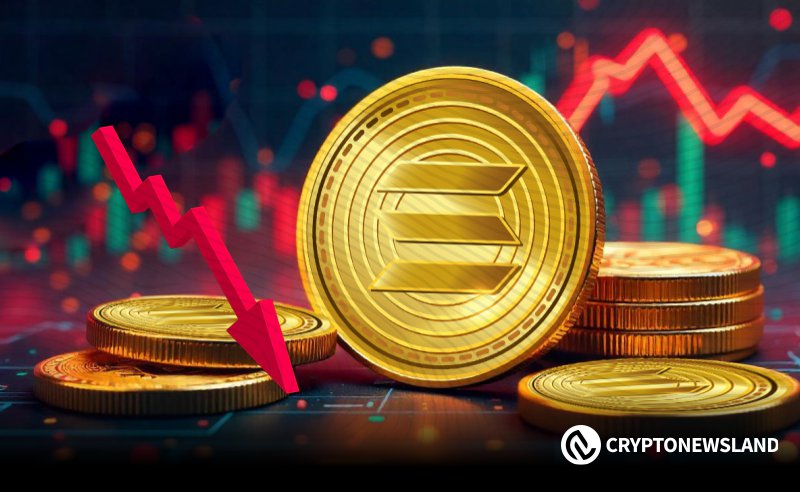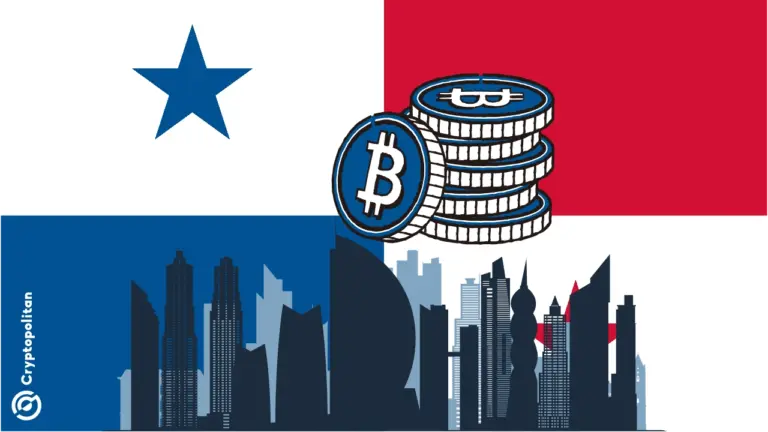Fees are good news for some networks, as they signal activity. High fees also redistribute tokens, creating a new class of potential holders or sellers.
Solana fees are a requirement to motivate network participants. DEX and other apps may add their own fees to incentivize liquidity providers or simply boost their bottom line. Fees are seen as a bullish sign for blockchains, indicating high activity levels. In the case of Solana, trading fees are a hidden tax on end users, which end up redistributing SOL coins.
Over the network’s lifetime, decentralized trading, swapping and meme coin activities led to more than $500M in total fees.
At the same time, Solana basic transaction fees remain low compared to other networks. However, anything beyond a straightforward transaction includes additional payments.
End users still need to pay Raydium fees, in addition to priority fees and tips to validators. This ensures their transactions would be included in a block and not attacked by sandwich trading bots. Overall, the Solana chain also contains inefficiencies, which some see as benefitting insiders.
As a result, projects on Solana soon turn into significant whales. To finance their operations, they may also decide to sell SOL and realize gains.
Pump.fun achieves record activity and revenues
Pump.fun is one of the most successful Solana apps, with more than 48K daily active users . As of August 2024, Pump.fun ranked third on the chain, only surpassed by the leading DEX Raydium and the Jupiter aggregator.
See also Ether ETF joins
Bitcoin’s bullish rally ahead of CPI data release
Pump.fun also helped grow the attention for Solana, by providing risky investment opportunities and an easy token minting process. Meme token activity turned Pump.fun into a fat fee app.
Recently, critics also noted that accelerated token creation on Pump.fun is making the app meaningless, not optimizing for user experience, but for fee generation . If Pump.fun earnings are annualized, the app may generate up to $300M in crypto revenues. Some speculate the liquidity may be used as a treasury, while Pump.fun prepares to launch a native token.
In the past week, Pump.fun also achieved record daily revenues above $5.3M , with significant daily baseline activity in terms of fees. Over time, Pump.fun turned into a whale, holding 0.1% of the total SOL supply. Pump.fun liquidates some of the fees in USDC, and has achieved around $80M fee inflows since its inception.
Solana holders call for return to quality in meme tokens
One of the problems that users notice is that high turnover is causing end users to pay too much in priority fees, in an attempt to avoid failed transactions. But Solana priority fees do not necessarily include a transaction in a block. Instead, they end up in the bottom line of the leading apps.
The other problem for Pump.fun is that it has avoided filtering any of the launches, instead relying on users to pay fees in an attempt to pick a successful new meme token. The SOL extracted is not lost, but it transfers the tokens back to the app owners or validators. Users are calling for a new approach to launches, where Pump.fun may focus on quality and vetting new launches.
See also MakerDAO may adjust wrapped Bitcoin (WBTC) policy due to Justin Sun risk concerns
JitoSOL was another entity to benefit from the growing Solana activity. In the past week, the validator achieved $12.6M in weekly fees, mostly coming from direct tips for block inclusion. The weekly fees of JitoSOL could compete with the biggest fee producers in crypto, including Ethereum (ETH). For end users, this also means using Solana may be no different than using Ethereum when it comes to exchange rates.
The high fees for validators and apps also mean the Solana network itself has negative earnings . Paying out rewards in newly minted SOL tokens, as well as validator incentives, is absorbed by the protocol itself.
The Solana chain still logs around 39% in failed transactions , while individual users have reported hundreds of failed tries to interact with Solana-based apps. Despite the setbacks, SOL still traded at its usual range. SOL is just under its monthly range, at $146.58.
Cryptopolitan reporting by Hristina Vasileva



